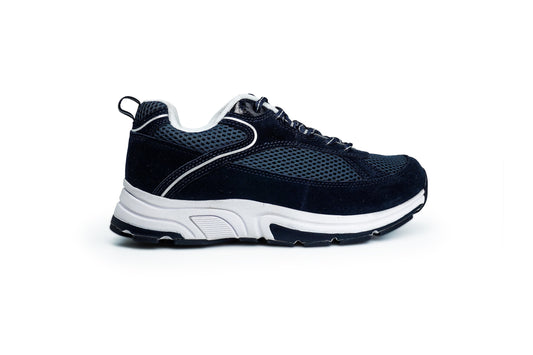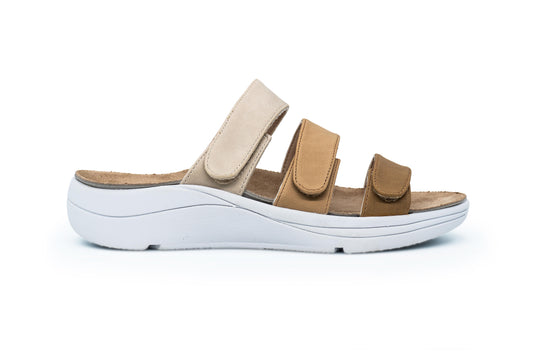Why You Shouldn't Walk Barefoot If You're Diabetic
If you have diabetes, you know it comes with many related health problems. The disease itself warrants the highest levels of caution, to the extent of avoiding walking barefoot around the house. We’ll delve into some of the conditions related to diabetes, including diabetic neuropathy and peripheral arterial disease, which affect the blood vessels in the feet. We’ll also offer methods of keeping yourself safe. Once you understand why you shouldn’t walk barefoot if you're diabetic, you’ll understand how to ensure that any damage your feet do endure—despite your best efforts—heals effectively and quickly.
Why It’s Important
As you probably know if you’ve accidentally cut yourself in the past, people with diabetes heal much slower than most people when they hurt themselves. For a person without diabetes, it might take only three days to a week for a scab to form. But for someone with diabetes, anything from a cut to a burn will take days to even granulate. The healing process can last weeks for a person with diabetes with even a minor cut. This is because your immune system isn’t working properly. In people with diabetes, the fighter cells don’t operate as efficiently due to high blood pressure, leading to the slow wound healing that characterizes the disease. So what are some of the conditions that go along with diabetes? Read on to find out.
Diabetic Neuropathy and PAD
Diabetic neuropathy is a condition that occurs as diabetes progresses. High blood sugar can lead to damaged blood vessels and nerves. This causes the feet and legs to become numb and prone to swelling. This numbness can make it hard for a person with diabetes to know when they have a cut, which can lead to wounds bleeding more and taking longer to heal. Peripheral arterial disease happens when buildup on the walls of blood vessels causes them to narrow. This has similar effects to neuropathy and can lead to gangrene, heart attack, or stroke. These diseases can lead to amputations, so it’s important to wear women’s and men’s therapeutic slippers, even around the house, as a safety measure.
What Do You Do?
There are a few safety measures people with diabetes can take to avoid the damage of these conditions.
Inspect your feet daily for cuts and wounds Wear diabetic shoe Wear either women’s or men’s diabetic slippers around the house Immediately apply ointments designed to quickly heal cuts Go to a doctor if the wound has a hard time healing after 2 to 3 days In short, diabetes is a serious health condition, but when you avoid walking barefoot as a person with diabetes, cuts, wounds, and various other conditions can become more easily manageable.








